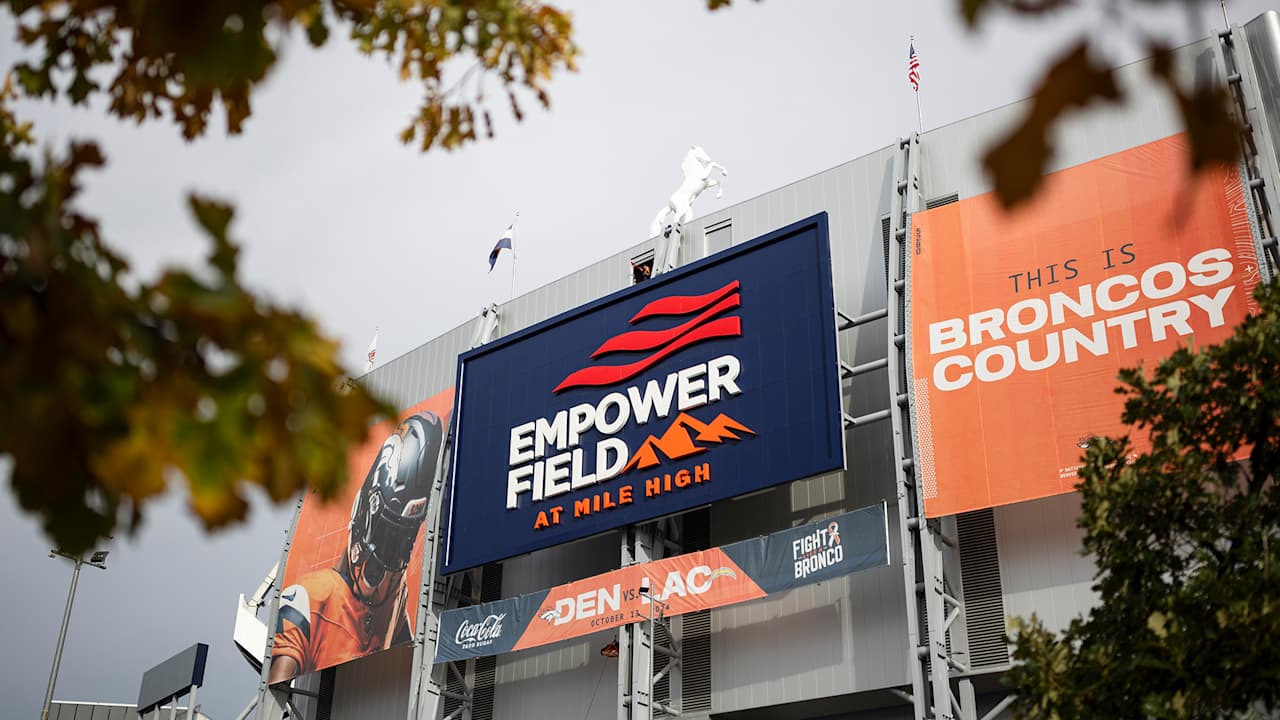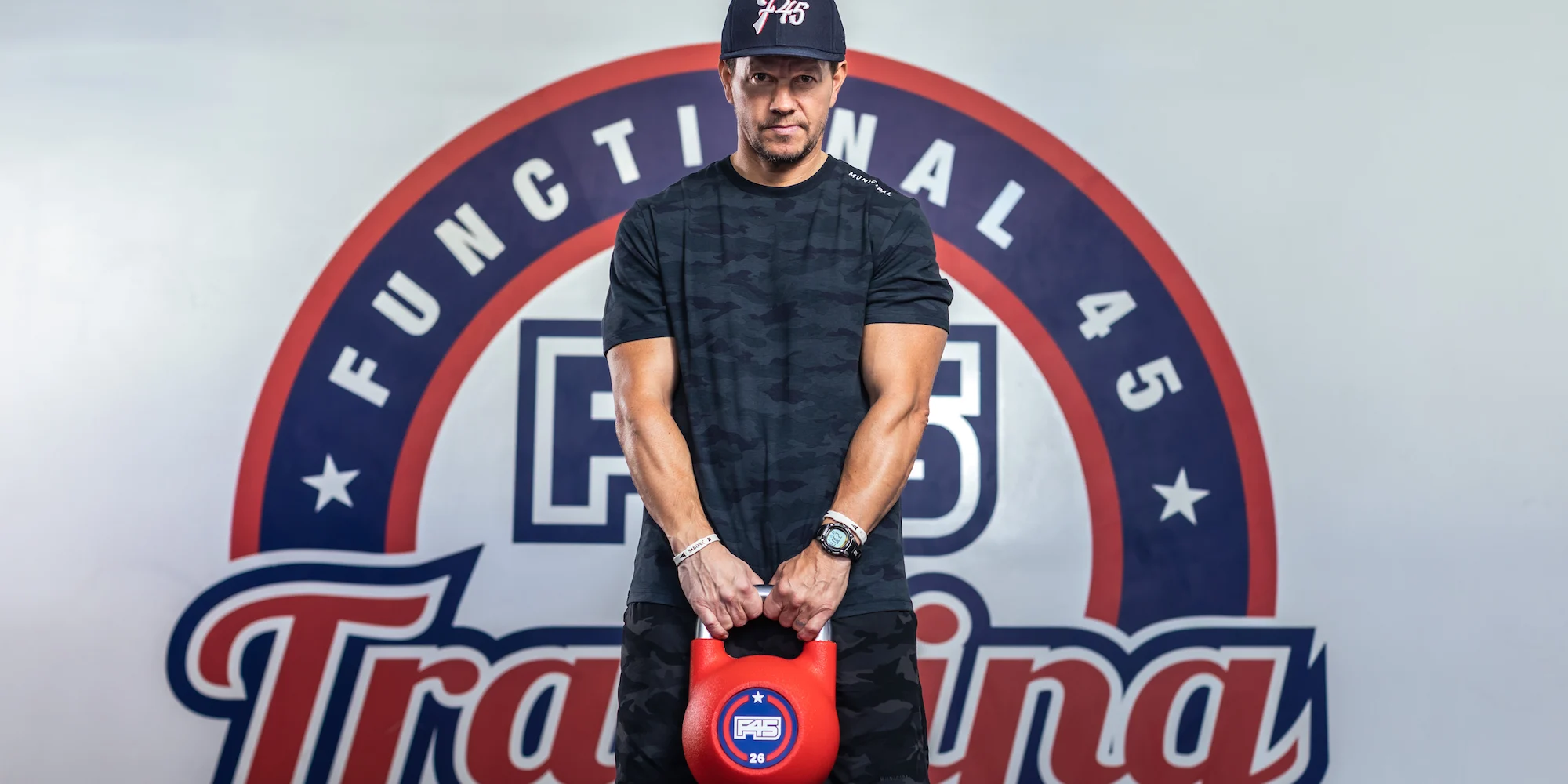The concept of customer-centricity in travel retailing has
been a key notion for suppliers and resellers for years – initially in theory
and in recent years in a growing number of innovations and implementations that
have begun to permeate all sectors.
In hospitality, technology suppliers and brands
have been collaborating to give guests more choices, for example, with attribute-based
shopping functionality that enables guests to choose specific room attributes
like floor and view when they make a booking. IHG, working
with technology from Amadeus, has been one of the early adopters in this
realm.
In the airline industry, one of the pillars of customer-centricity
is rich content – giving flight shoppers a clear and visually compelling booking
experience similar to what they are accustomed to getting from online retailers
such as Amazon, where detailed product photos and videos are the norm.
One of the earliest providers of rich content solutions for
airlines was Routehappy,
founded by Robert Albert in 2011 and then acquired by the
airline-owned technology provider ATPCO in 2018. Today ATPCO counts more
than 30 channels, including online travel agencies, metasearch sites, corporate
booking tools and global distribution systems, with integrations of Routehappy’s
Premium Universal Product Attributes, providing a range of detailed information
in the form of images, videos, cabin tours and targeted messaging from 42
airlines. Additionally five airlines use UPAs in their direct sales channels.
A newer entrant into the rich content ecosystem is 3D SeatMapVR by Renacen, launched in
late 2016 and now with more than 20 airline clients including Emirates,
United, Etihad and Iberia using its solution to show customers a
three-dimensional, immersive view of their aircrafts’ interior, seats, services
and more.
The consensus from airlines and channels using these
solutions is that they are seeing clear and quantifiable benefits of greater
customer satisfaction, higher conversion rates and greater revenue.
Subscribe to our newsletter below
“Customer engagement has increased quite a lot. The time
customers spend when looking for a seat and at the seat map has increased, and the
satisfaction scores have increased because customers understand it better,” said
Juan Diego Mora, head of ancillaries and merchandising for Iberia,
which integrated the 3D SeatMapVR solution about four years ago and is just
starting to work with ATPCO’s Routehappy UPAs.
Mora would not share specific figures but said, “Sales
have also increased of the more expensive seat types because customers can see
the benefits of flying, for example, with extra leg room.”
Diego Cachero Rodriguez, founder and CEO of 3D SeatMapVR by Renacen, said on
average his clients report that more than 20% of their users interact with the seat
map tool and there is on average a 6- to 10% increase in conversion and sales
of extra-room seating products.
Widespread adoption
ATPCO would not share details on conversions, but a survey it conducted last year also corroborates
a potential revenue lift from visual content. Of 500 respondents, more than
two-thirds said they would book a flight that is up to 33% more expensive if it
is paired with visual content, as opposed to a cheaper flight with no visual
content. And the improvement in customer experience is even more evident as
ATPCO said its UPA content is available in 28 languages and with alt-text for
visually-impaired consumers.
“We are at an exciting inflection point,” said Chris
Phillips, chief commercial officer at ATPCO.
“… our more visual UPA content is nearing 50% coverage.
Channels are now seeing the financial and customer satisfaction benefits of
delivering this content to consumers, and we are on track for another
exceptional year of UPA integrations growth. If you are a regular flight
shopper, whether on corporate booking tools or [online travel agencies], you will start to see more
visual content with each flight search, regardless of where you are searching.”
Among the travel brands using UPA content are Expedia, Trip.com, Sabre, Amadeus and Spotnana and airlines including United and Lufthansa Group
carriers.
The ancillaries and merchandising departments didn’t exist per se in many legacy airlines 10 years ago. … So now we have the right focus, and airlines that don’t focus on this are missing part of the game. You are leaving money on the table.
Juan Diego Mora – Iberia
Expedia launched the content in its mobile app
seat maps late in 2023 and senior director of product management for air
Connie Chung said they are already seeing results.
“We have observed increased engagement on our seat map
experience in terms of travelers choosing their preferred seats while shopping
on Expedia,” Chung said.
“… travelers have more relevant information on their
hands before they decide to pay for a seat during flight shopping on Expedia.
For partners, this is a great way to differentiate their flying experience by
highlighting their seat amenities for travelers looking for the most comfort.”
And Sabre began presenting the UPAs to its agents more
than five years ago and began distributing it to OTA customers in the first quarter of 2023.
“Rich content gives travelers increased
transparency around what they’re getting, what the onboarding experience is
like and what products and services are included with their ticket,” said
Carsten Wick, Sabre’s senior director of product management.
“It gives agencies the opportunity to capitalize on
cross-sell and upsell opportunities that drive brand loyalty.”
Spotnana’s travel partnership lead, Seth Anagnostis, said the
ability for travelers to self-service is a key tenet for the company.
“There’s
obviously some products that the traveler will understand best when you’re able
to visualize that,” he said.
“You
can look at structured data that says there is a lie-flat seat … but that’s the type of thing that, until you can visualize that experience,
it’s hard to understand what you are buying.”
Anagnostis
said this type of solution is particularly valuable for a company such as
Spotnana that is aggregating content from multiple sources – the global
distribution systems, new distribution capability (NDC), low-cost carriers and direct connects – in a single
booking flow.
“In
particular we are starting to see unique offers come from the airlines we plug
into. These have a ton of value for the traveler and in some cases can be
supplemented and enhanced where the traveler is able to better understand what
the fare is and what’s included in it by seeing a bit more color behind it,” he said.
From optional to expected?
As airline shopping has moved beyond decisions based simply
on fares and schedules, 3D SeatMapVR founder Rodriguez said carriers have
come to realize the benefits of a visual representation of their offers.
“If you compare the cabins 20 years ago and today, the
airlines are investing huge money, billions, in improving customer experience
in the premium cabin … and it makes
sense to make those investments in a
proper way, with a true representation. But if you don’t display it in 3D, the
customer may not understand what they are buying,” he said.
And said Mora, until recently the concept of ancillary
revenue and merchandising was an optional strategy to gain a competitive advantage.
Now, it is a must-do.
“Customer expectations have changed … and if you don’t do
it, actually, it penalizes you and makes you much less competitive,” he said.
“That’s why airlines have evolved. The ancillaries and
merchandising departments didn’t exist per se in many legacy airlines 10 years
ago. … So now we have the right focus, and airlines that don’t focus on this are
missing part of the game. You are leaving money on the table.”











